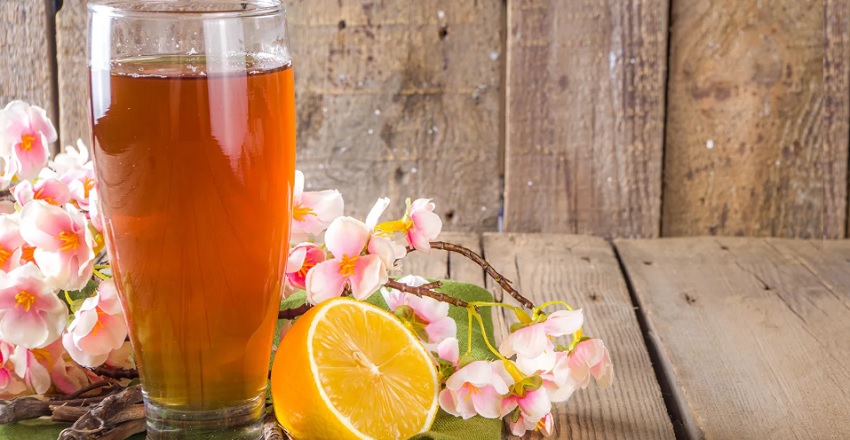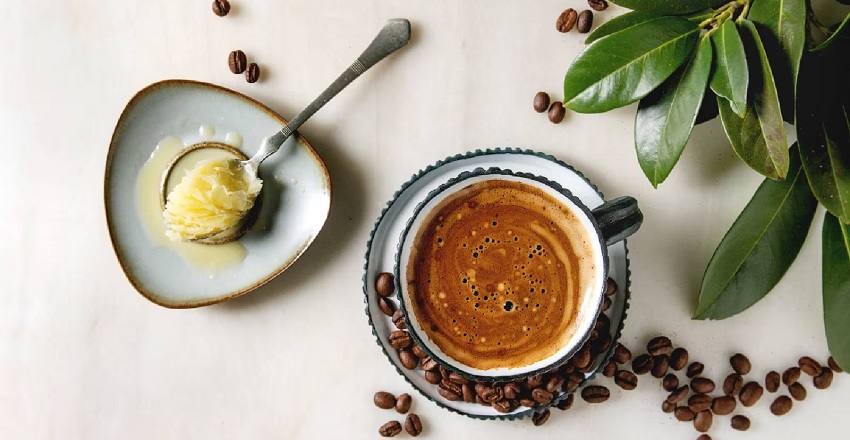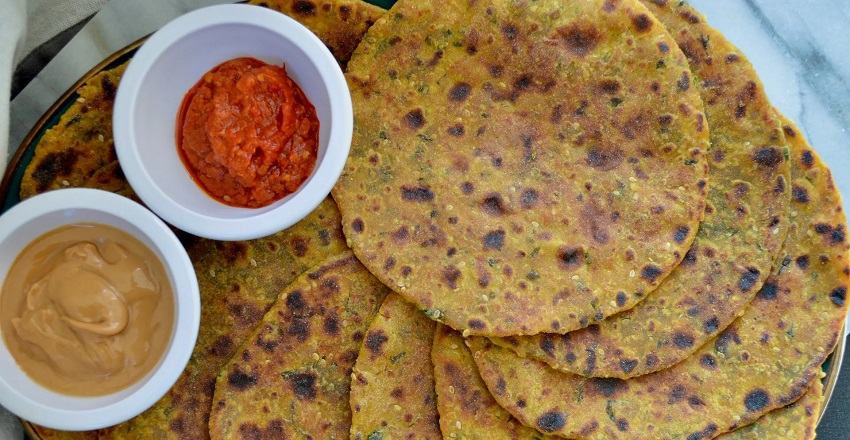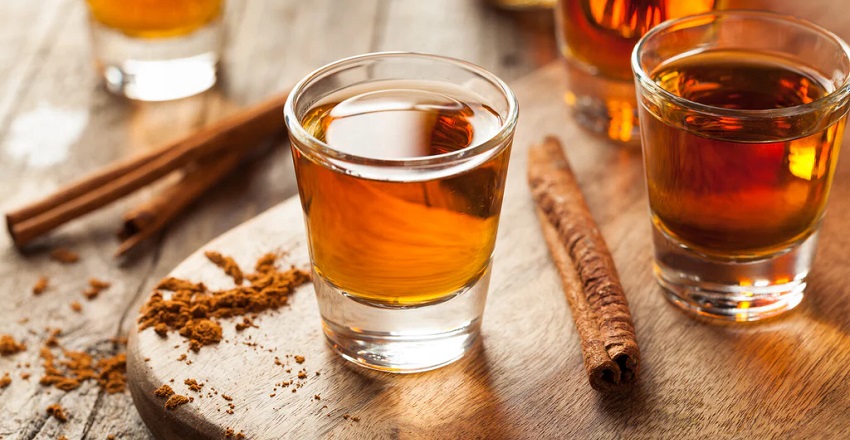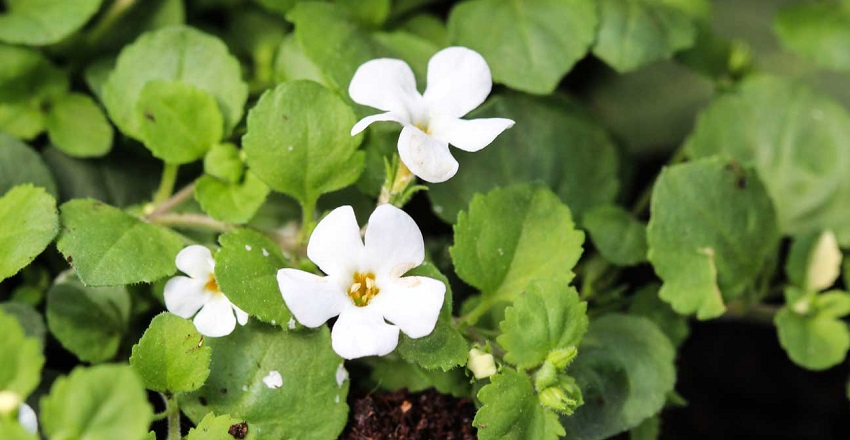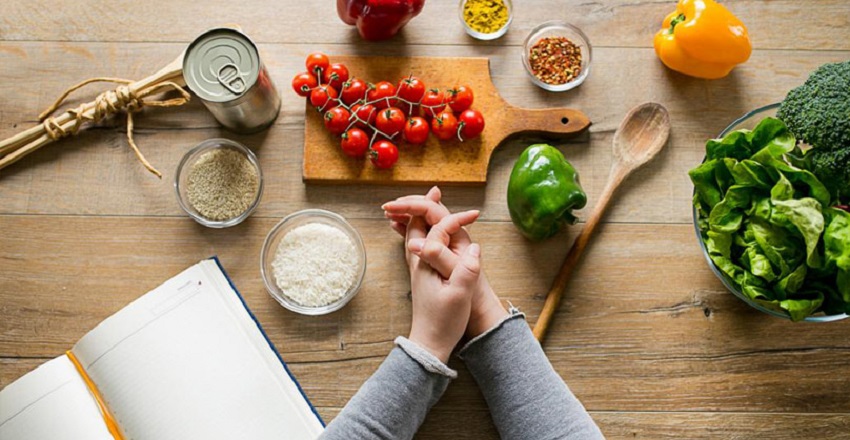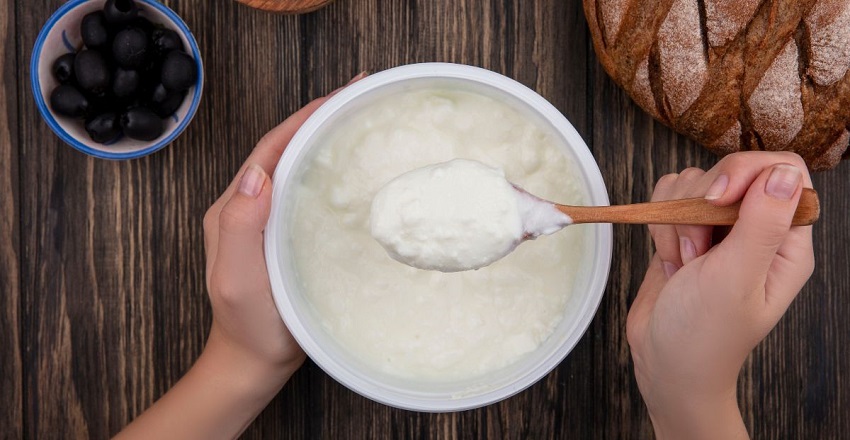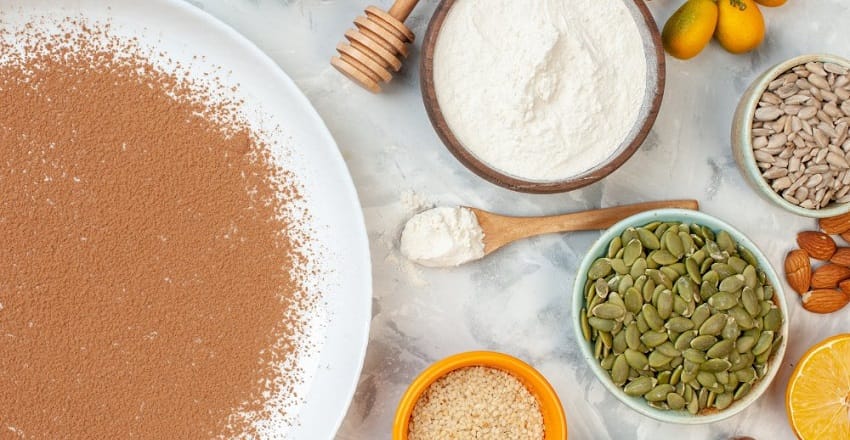When the Indian summer blazes on, there’s one comforting tradition that stands tall—cooling herbal drinks rooted in ancient wisdom. Among them, Nannari (Indian Sarsaparilla) is a prized gem, especially in South India, known not just for its unique flavour but its powerful Ayurvedic benefits. At Anammyaa Wellness, we honour this age-old remedy—and now offer a ready-to-drink Nannari concentrate from Arya Vaidya Pharmacy, brought straight from the heart of the South. What is Nannari? Nannari, or Hemidesmus indicus, is a fragrant root used extensively in Ayurveda. With its sweet-earthy taste and cooling nature, it’s a perfect herbal solution for summers. Traditionally brewed into a syrup or sharbat, Nannari helps balance the body’s heat while aiding digestion and detoxification. Why Nannari is a Must in Summer 1. Cools the Body Naturally Helps prevent heat strokes, excessive sweating, and body fatigue due to sun exposure. 2. Aids Digestion Consumed after meals, especially in hot weather, it soothes acidity, supports gut health, and pacifies… Continue reading Nannari Roots – South India’s Cooling Secret for Summer Wellness



